How Does A Scanning Electron Microscope Produce An Image
The electrons interact with atoms in the sample producing various signals that contain information about the surface topography and composition of the sample. The microscope is a beam of electrons that are focused very tightly together with a very specific and exact energy.
 Scanning Electron Microscope Wikipedia
Scanning Electron Microscope Wikipedia
how does a scanning electron microscope produce an image
how does a scanning electron microscope produce an image is important information with HD images sourced from all websites in the world. Download this image for free by clicking "download button" below. If want a higher resolution you can find it on Google Images.
Note: Copyright of all images in how does a scanning electron microscope produce an image content depends on the source site. We hope you do not use it for commercial purposes.
The scanning electron microscope sem uses a focused beam of high energy electrons to generate a variety of signals at the surface of solid specimens.
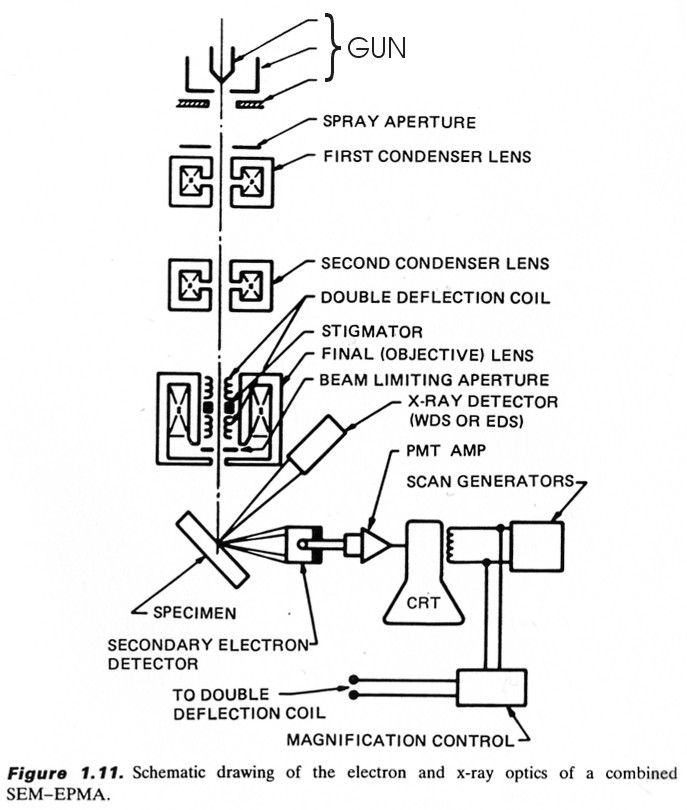
How does a scanning electron microscope produce an image. An electron microscope is a microscope that uses a beam of accelerated electrons as a source of illumination. Does sem microscope produce 3d image. Reflected back from the sample by being flung around the atoms nucleus or.
A scanning electron microscope sem scans a focused electron beam over a surface to create an image. As the wavelength of an electron can be up to 100000 times shorter than that of visible light photons electron microscopes have a higher resolving power than light microscopes and can reveal the structure of smaller objects. A scanning electron microscope sem is a type of electron microscope that produces images of a sample by scanning it with a focused beam of electronsthe electrons interact with atoms in the sample producing various signals that contain information about the samples surface topography and composition.
How a scanning electron microscope sem works. Since you are looking at things that are too small for li. Electrons are fired into the machine.
On the other hand scanning electron microscope cost a lot but gives high quality. A scanning electron microscope produces 3d images of the sample by bombarding it with electrons and measuring the ones that bounce off. When that beam hits something hopefully whatever you want to take a picture of those electron bounce back in one of 2 ways either as back scattered electrons or secondary electrons ie.
The signals that derive from electron sample interactions reveal information about the sample including external morphology texture chemical composition and crystalline structure and orientation of materials making up the sample. Transverse electron microscope is relatively cheaper but does not produce high quality images of the sample. Thats completely different from a tem where the beam of electrons goes right through the specimen.
A scanning electron microscope scans a beam of electrons over a specimen to produce a magnified image of an object. A scanning transmission electron microscope has achieved. A scanning electron microscope sem is a type of electron microscope that produces images of a sample by scanning the surface with a focused beam of electrons.
Generally if you are using an electron microscope you are looking at things that are smaller than the wavelength of visible light that is the whole point of using one in the first place. The electrons in the beam interact with the sample producing various signals that can be used to obtain information about the surface topography and composition.

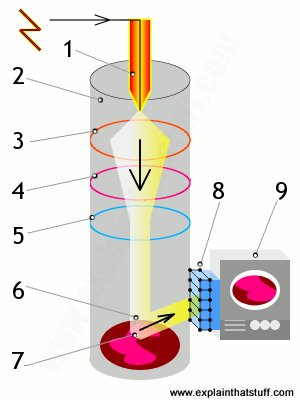 How Do Electron Microscopes Work Explain That Stuff
How Do Electron Microscopes Work Explain That Stuff
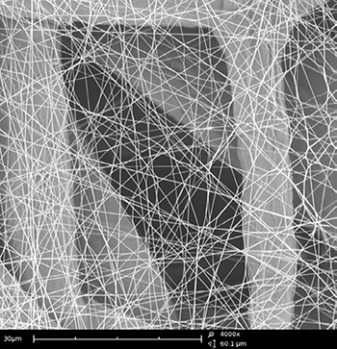 Scanning Electron Microscopy Nanoscience Instruments
Scanning Electron Microscopy Nanoscience Instruments
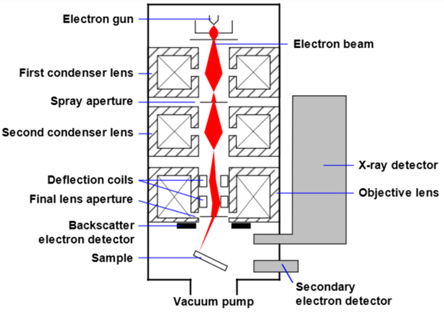 Scanning Electron Microscopy Nanoscience Instruments
Scanning Electron Microscopy Nanoscience Instruments
 Scanning Electron Microscopy Sem
Scanning Electron Microscopy Sem
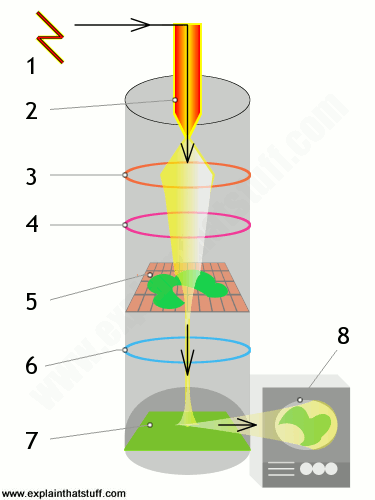 How Do Electron Microscopes Work Explain That Stuff
How Do Electron Microscopes Work Explain That Stuff
.jpg) The History And Working Principle Of The Sem
The History And Working Principle Of The Sem
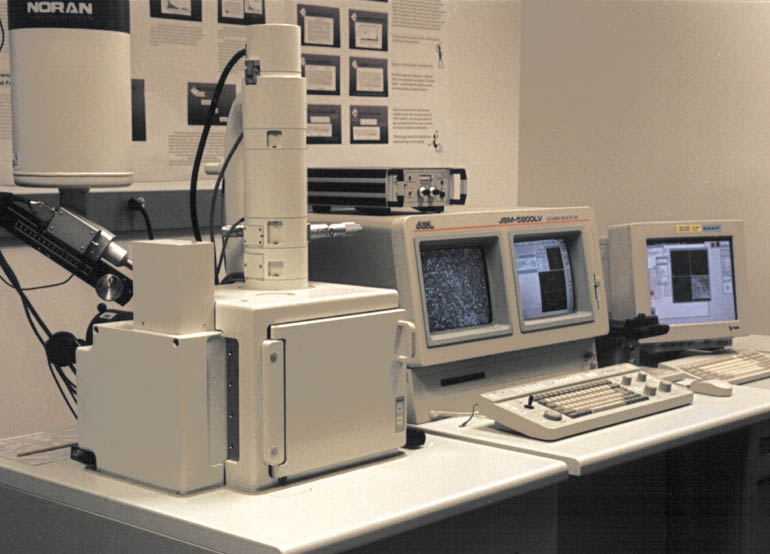 Scanning Electron Microscopy Sem
Scanning Electron Microscopy Sem
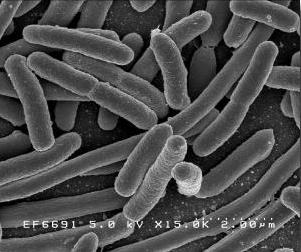 How Do Electron Microscopes Work Explain That Stuff
How Do Electron Microscopes Work Explain That Stuff
 What Is Sem Scanning Electron Microscope Technology Explained
What Is Sem Scanning Electron Microscope Technology Explained
 Scanning Electron Microscope Images Of Coccospheres Produced By
Scanning Electron Microscope Images Of Coccospheres Produced By